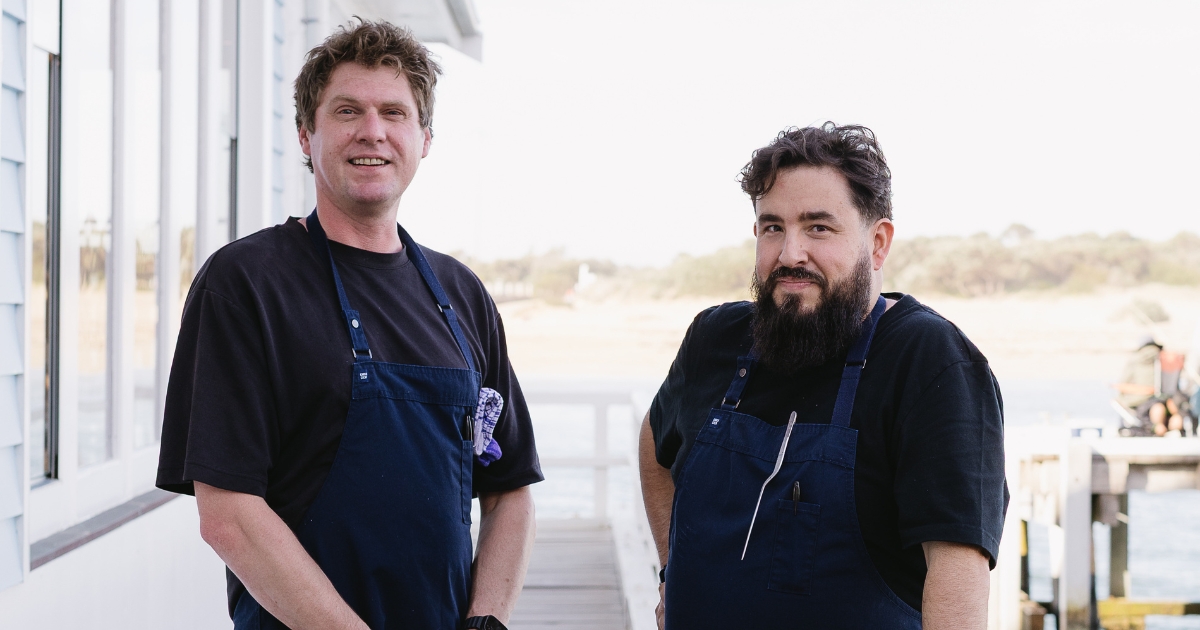Grapevine: Wine’s changing climate
When looking to the future of Australian wine, it’s worthwhile looking for parallels around the world, where growing conditions are similar to those of our regions but where they have had decades or centuries to work out which grape varieties suit the region and how to produce wines that reflect the unique characters of the variety.
Mediterranean climates have been a hot topic, given the overall warmer conditions many of our regions are facing and the fact that grape varieties grown in these climates around Europe may be good candidates for facing the growing conditions of the future here. In Australia south westerly facing regions such as Margaret River in WA and McLaren Vale in South Australia have Mediterranean climates and McLaren Vale in particular has seen plenty of plantings of varieties such as Nero d’Avola, Sangiovese, Fiano and Tempranillo over the past decade or so.
We’re still very much in the discovery phase in Australia, working out where to plant what and then how to vinify it. To take a glimpse into the future of how the varieties being planted in Australia now may look once we gain a better understanding of how to produce them. There are plenty of affordable examples to be found in the native home of these grape varieties where they have worked out how to grow and vinify them (as opposed to making them like Shiraz, or Cabernet etc. which often doesn’t suit). In Nero d’avola, we have one such candidate.
Often compared to Shiraz or Cabernet in different circumstances. You typically won’t find the tannins to be as assertive or astringent as Cabernet, they come across slightly sandy at times in texture or velvety at others, while the deeper darker examples showing black fruits will be familiar to a Cabernet lover. The peppery note and meaty characters along with medium-full body may attract Shiraz lovers. In either case, it’s a good stepping stone in to the world of Italian reds, the fruit-forward nature and velvety texture are supported by acidity that helps to lend a subtle savoury edge hinting at what is to come in other Italian reds that can be too dry and savoury for many Aussie palates.
The Morgante family has been growing Nero d’Avola for five generations amongst other crops such as olives. They undoubtedly know how to grow healthy fruit which gave them a great platform to begin producing wine in the early 1990’s when they brought in the help of Rockstar winemaker Riccardo Cotarella. In the time since they have established themselves as a reference point for Nero d’Avola, it is the only grape variety they use to make their wines (even their white wine is made from Nero d’avola!). The 2017 vintage of their Nero d’Avola ($34) is an excellent example – blackberries and cherries, black pepper, some smokiness and chocolate. The fruit tastes juicy and generous with substantial yet velvety tannins and finishing with just a hint of bitterness, in the most positive sense, often found in Italian reds.
While it doesn’t quite have the polish and finesse found in the Morgante, the Vanita Nero d’avola ($25) offers great value for money especially given it sits $6 or $7 below the Morgante. Organically grown fruit that is still in the berry spectrum of fruits but it shows more red fruit than black. Sweet/ripe red berries supported by alluring spice, vanilla, pepper and some meaty notes.
Delicious and moreish.


















